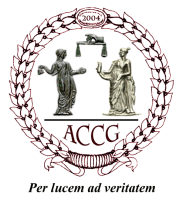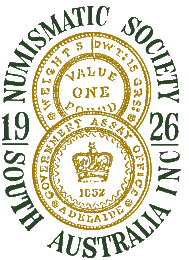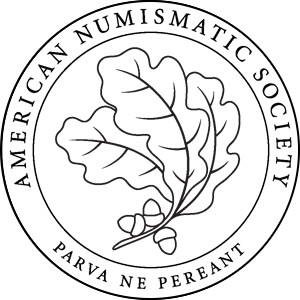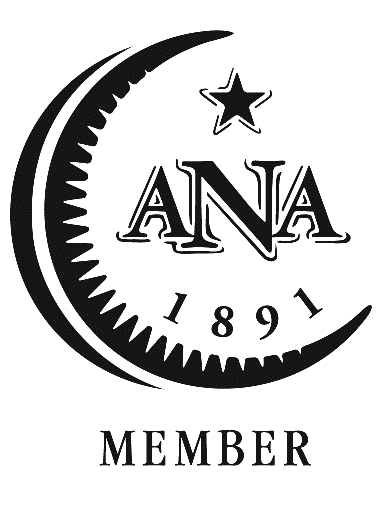Introduction
Tooling is part of what I consider the "unholy trinity" of Ancient Coins. Namely this group is made up of:
- Fakes or modern imitations
- Repatination and restoration
- Tooling
What is tooling?
The precise definition varies depending on whom you speak with. Basically, what is held in common with all coin collectors is that tooling involves causing interference with the metallic part of the coin (ancient coins have a layer of patina) usually through the use of a sharpened object.
Tooling is not to be confused with mere cleaning. Where cleaning attempts to remove dirt and perhaps encrustations which have "unnaturally" attached themselves to the coin's surface, tooling attempts to reshape or redefine the actual coin itself by either:
- Sharpening the design
- Creating Detail where it doesn't exist.
- Changing the design to match a rarer coin
Why are coins tooled?
Coins are tooled so that they can be offered and sold at higher prices to the general public. I have not yet come across a collector who tools coins for his or her personal enjoyment.
Why is it bad?
Tooling is a form of cheating. Like fake coins, the tooler is attempting to create value through perception where none exists. Selling a tooled coin without describing it so would arguably contravene basic laws governing consumer transactions. For example, in Australia, a seller who advertises a tooled coin for sale as "Extra Fine" is very likely in contravention of the Consumer and Competition Act 2010 (Cth).
Another reason why tooling is bad is because it ruins the coin. It is totally disrespectful to scratch away at a coin that was created over a thousand years ago and which has been preserved in its current condition for that same period of time.
How do I know if a coin has been tooled?
As tooling can be done on all levels, from touching up a small aspect of the coin to recreating the design, it may be difficult to determine whether there has been in fact any tooling.
For major tooling, the giveaway is basically the lack of skill belonging to the tooler. Usually the design does not look right, in my opinion it looks forced, and there will be dead giveaway aspects. For example, toolers rarely get the hair of an emperor right. For major jobs like the picture above, there is certainly an air of "unnaturalness" about.
The best thing you can do is to compare a coin you suspect of being tooled with several pictures of the same type coin.
Tooling vs Smoothing
As with cleaning, tooling is not to be confused with smoothing. Smoothing the fields of a coin is common practice, though it does have some detractors. Many consider it part of the cleaning process.
What do I do if I find out a coin has been tooled?
This depends on what you would like to do. If it has been only slightly tooled then you might decide to keep it if the coin otherwise pleases you. If the coin has been substantially tooled then I would encourage you to return it to the coin dealer you bought it from for a full refund.





